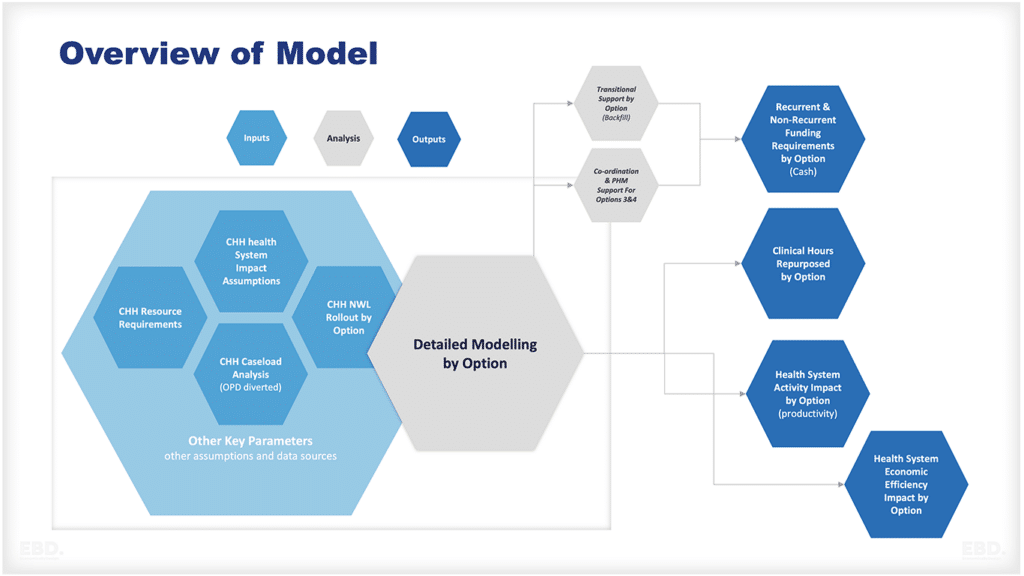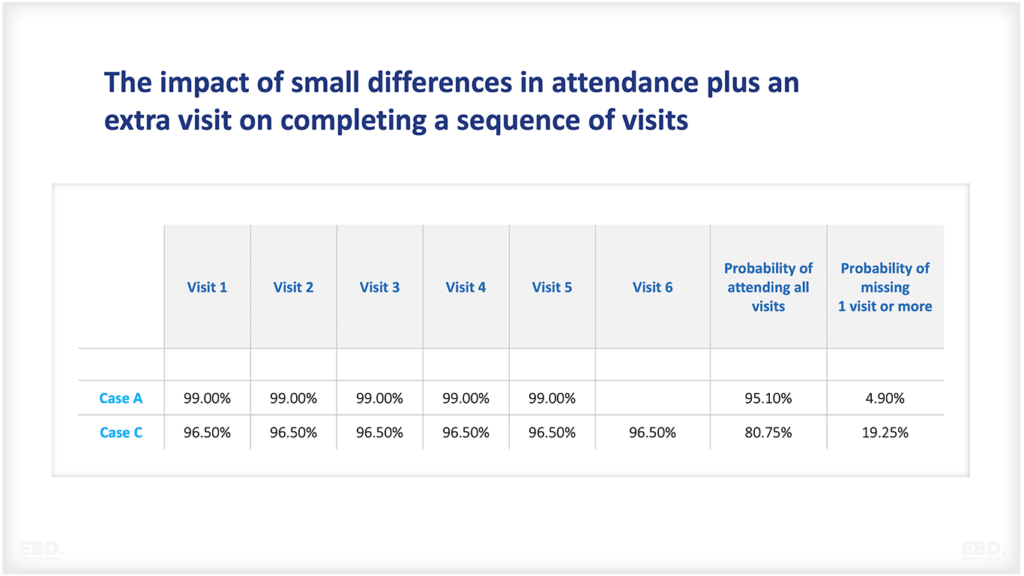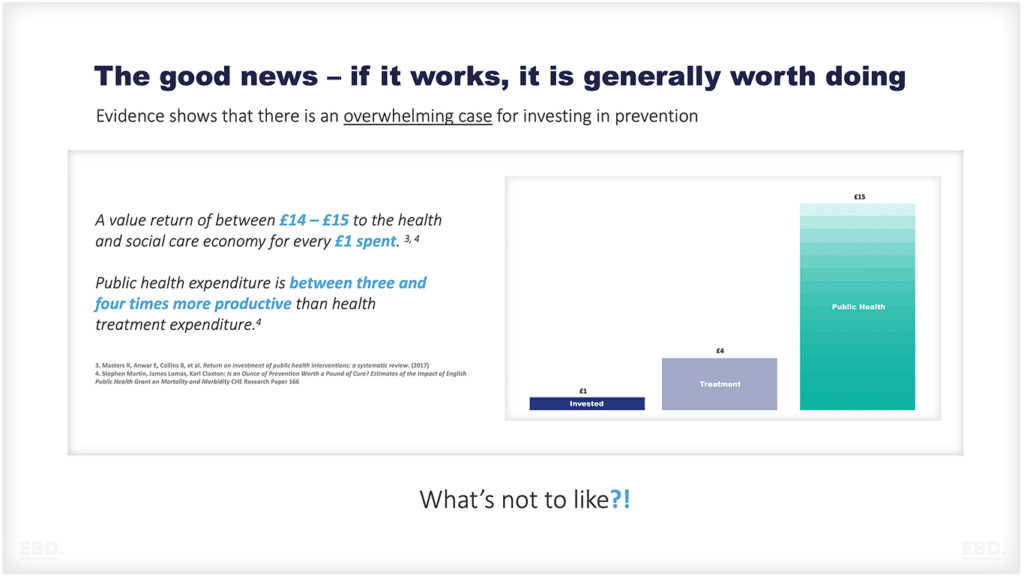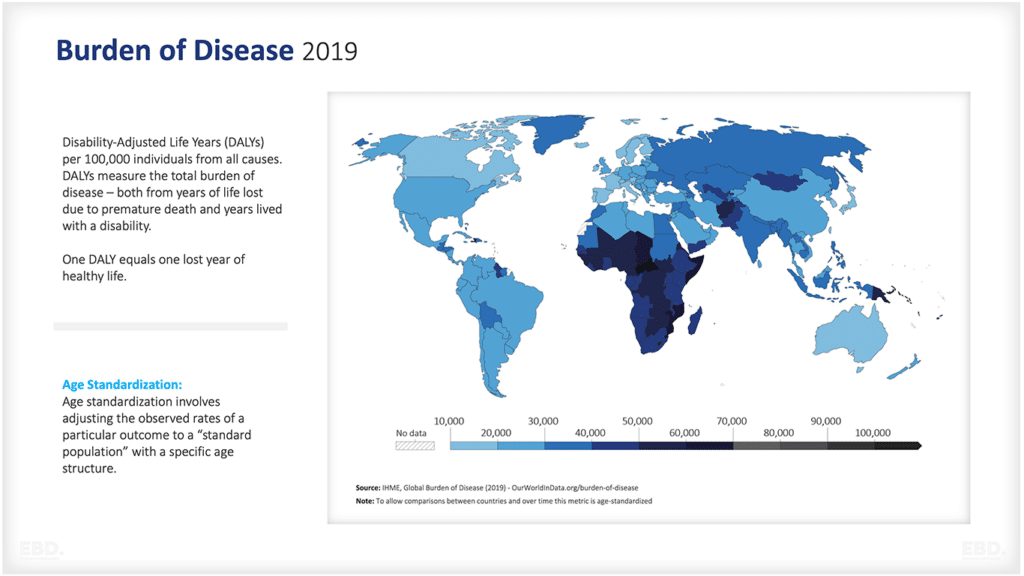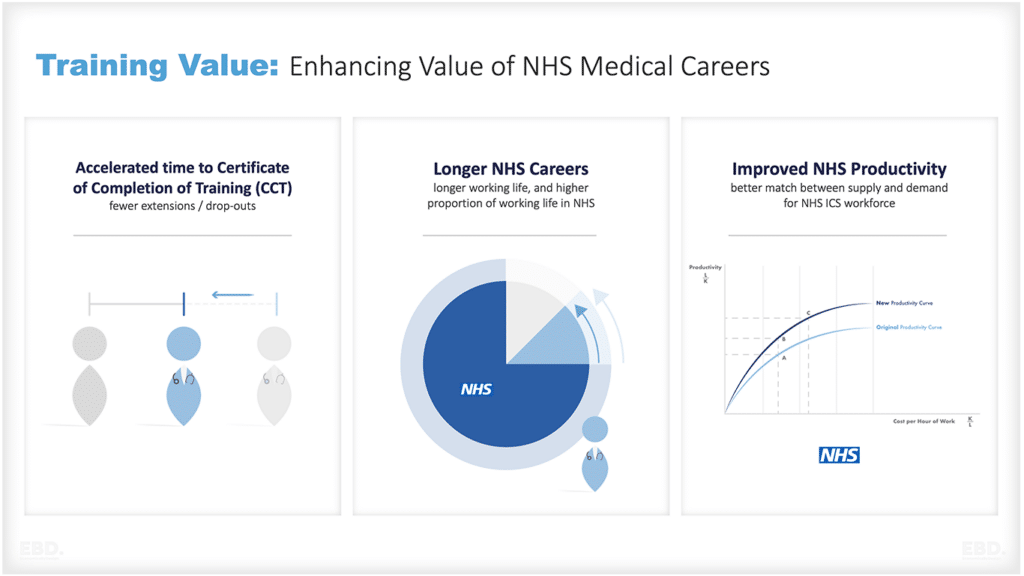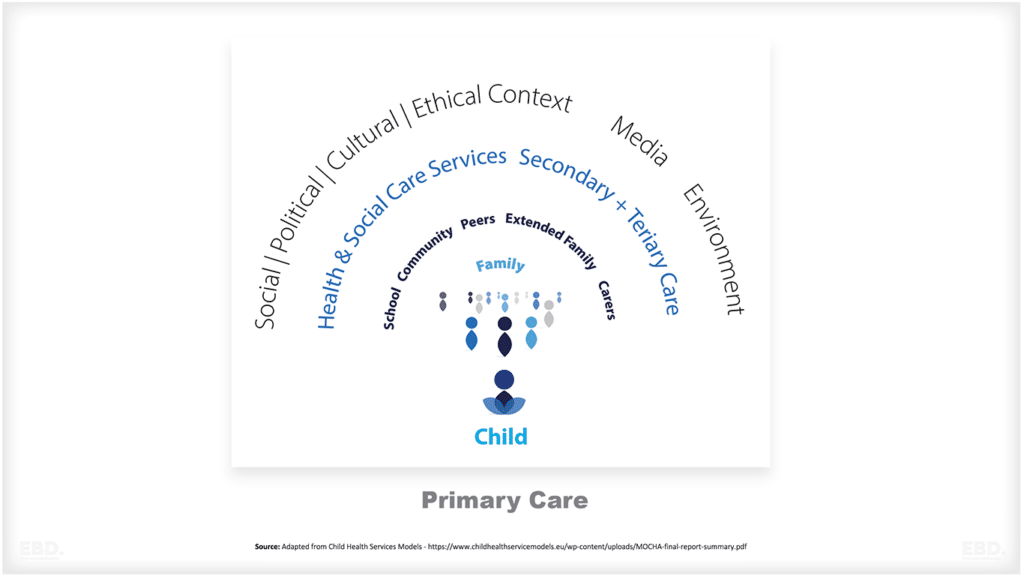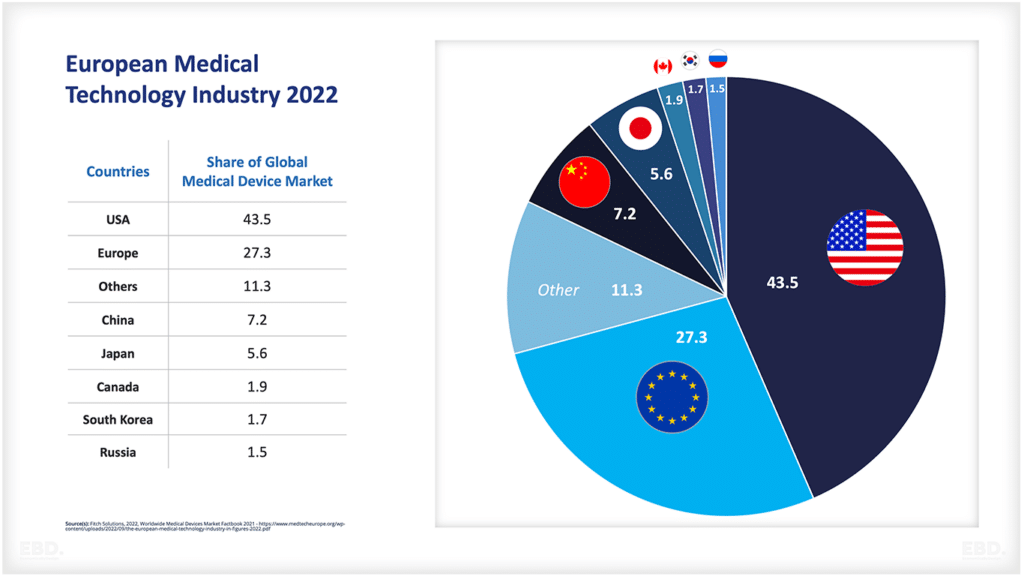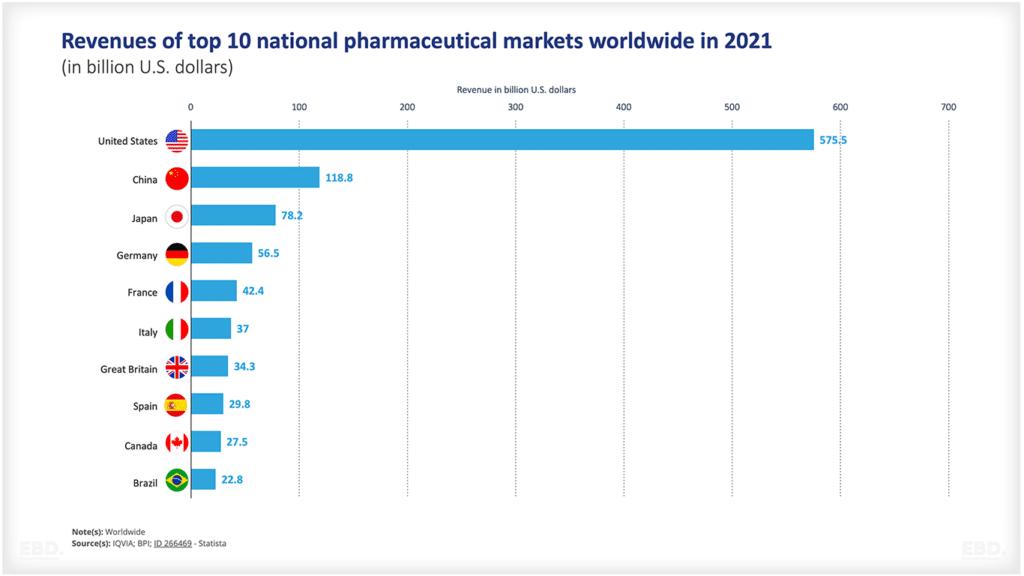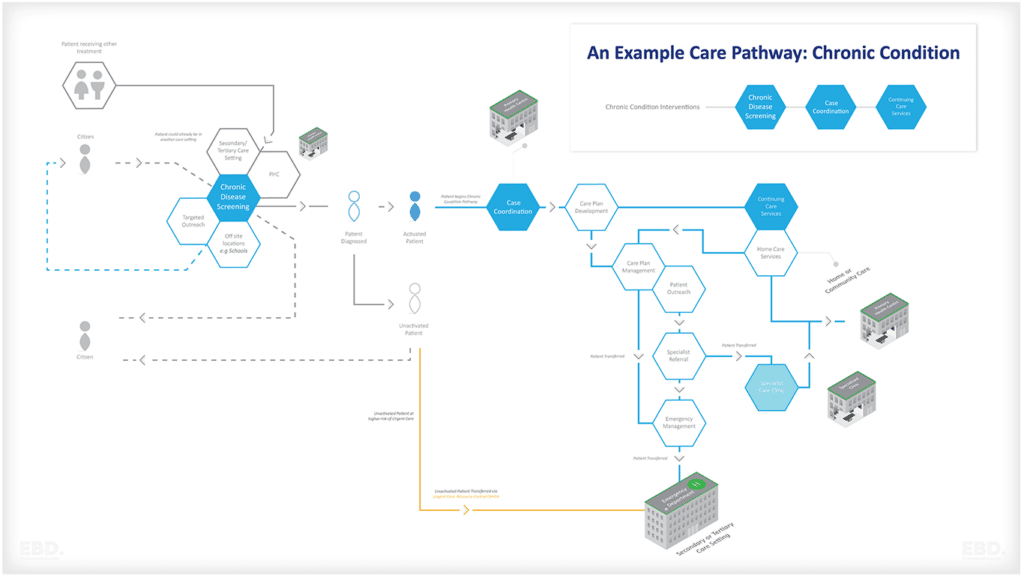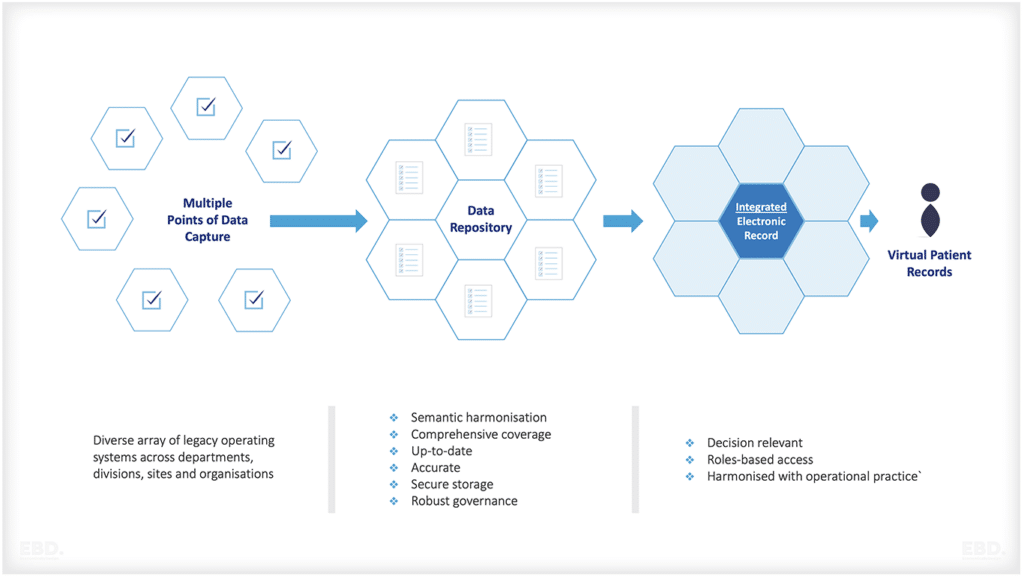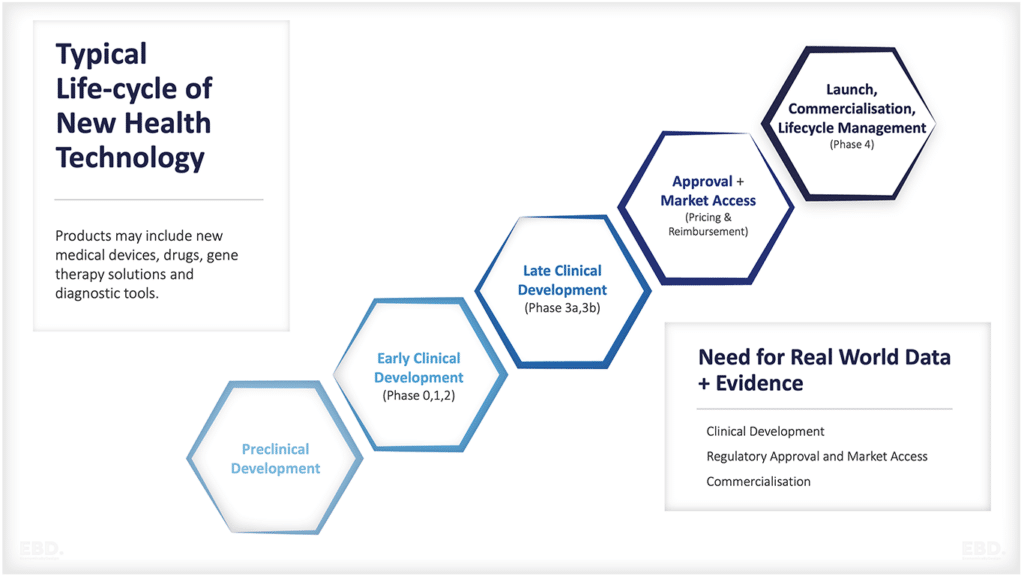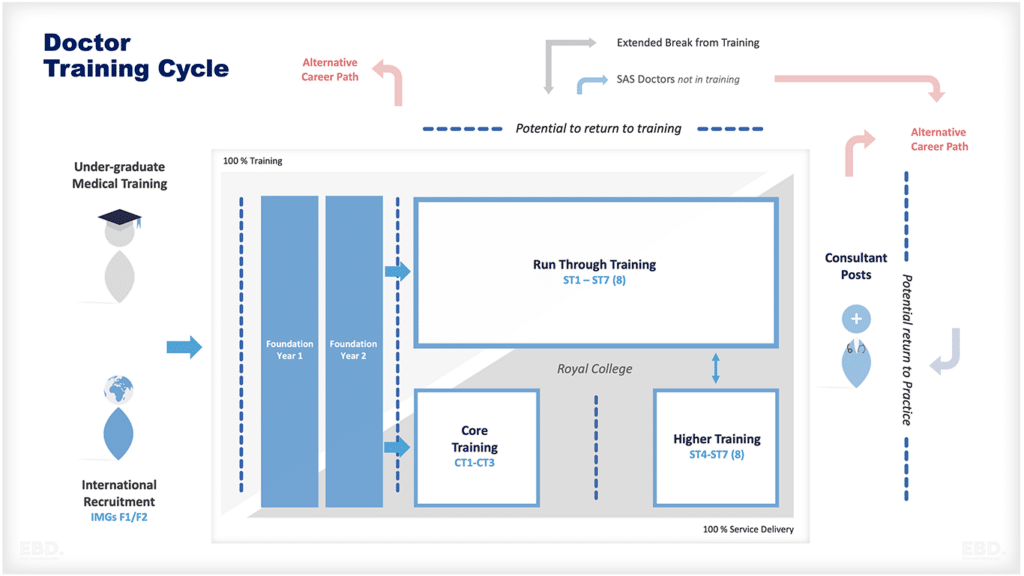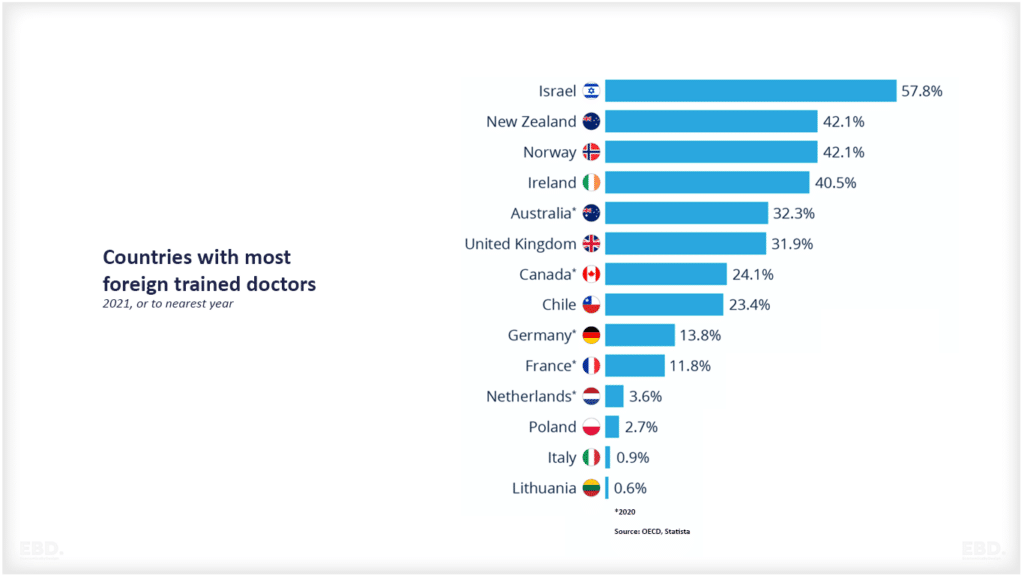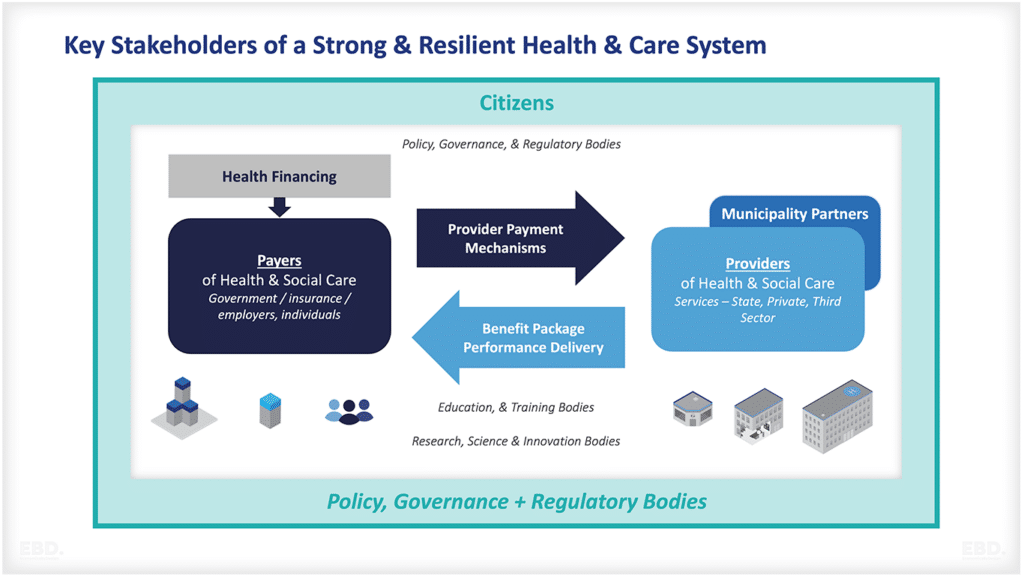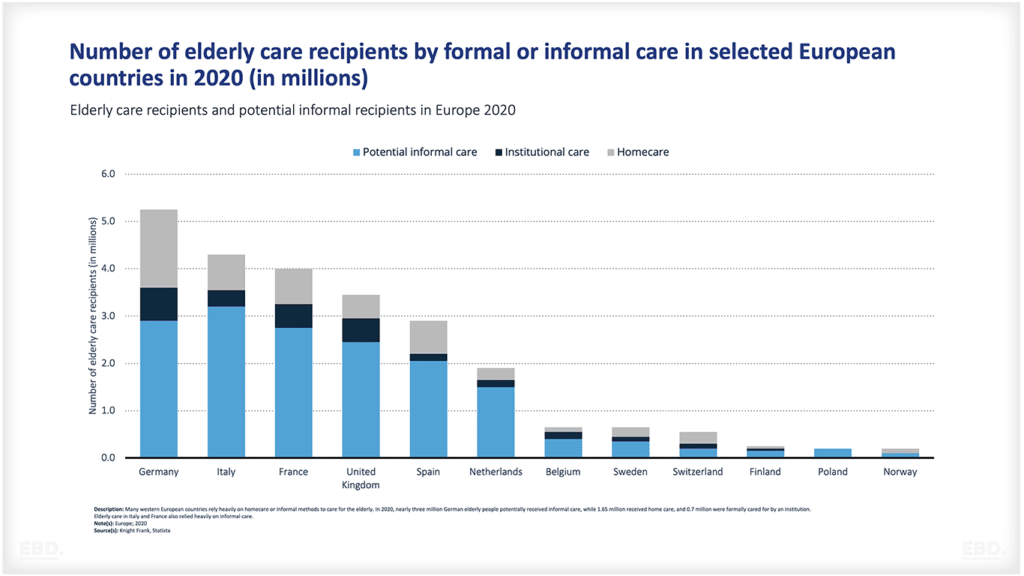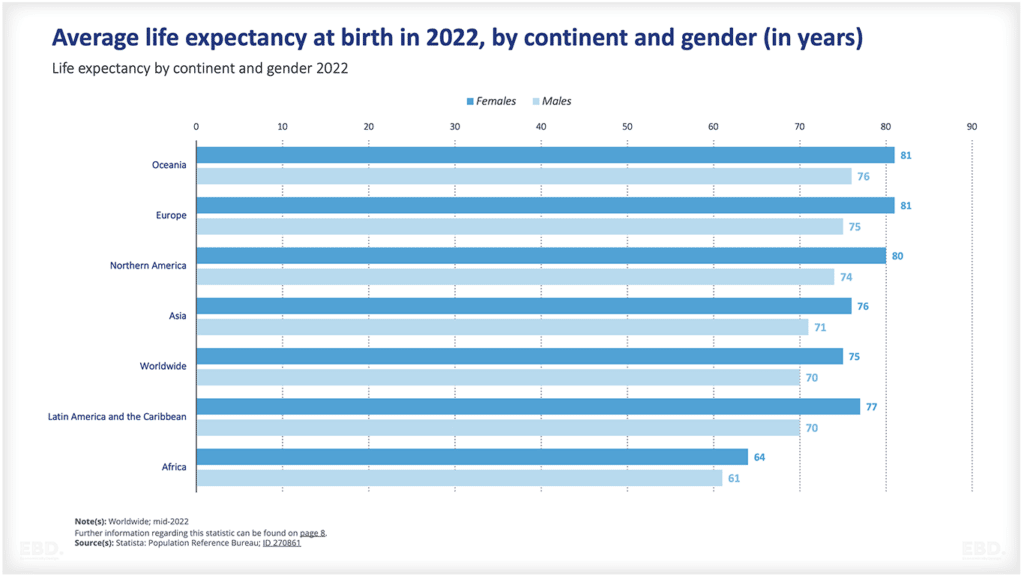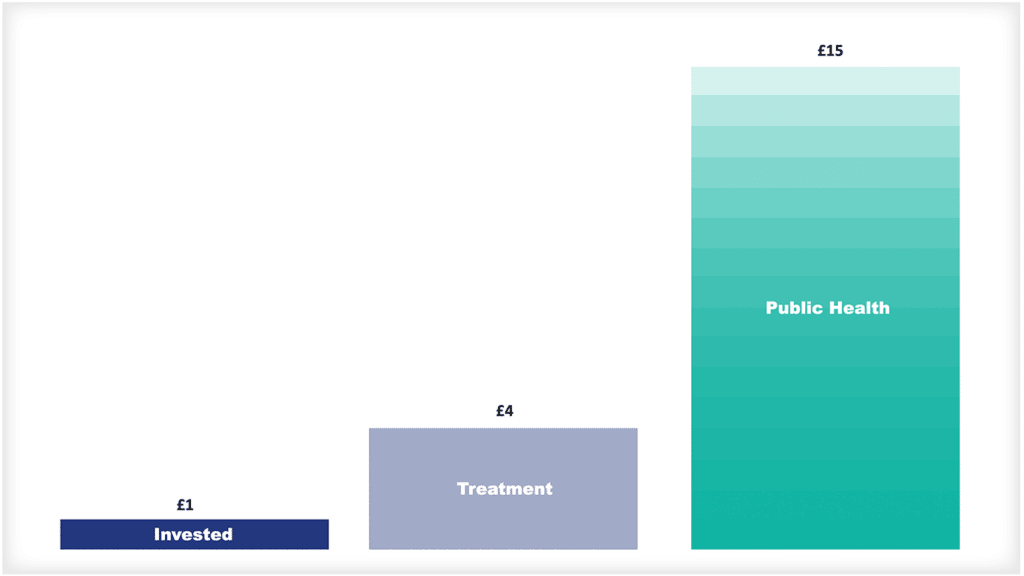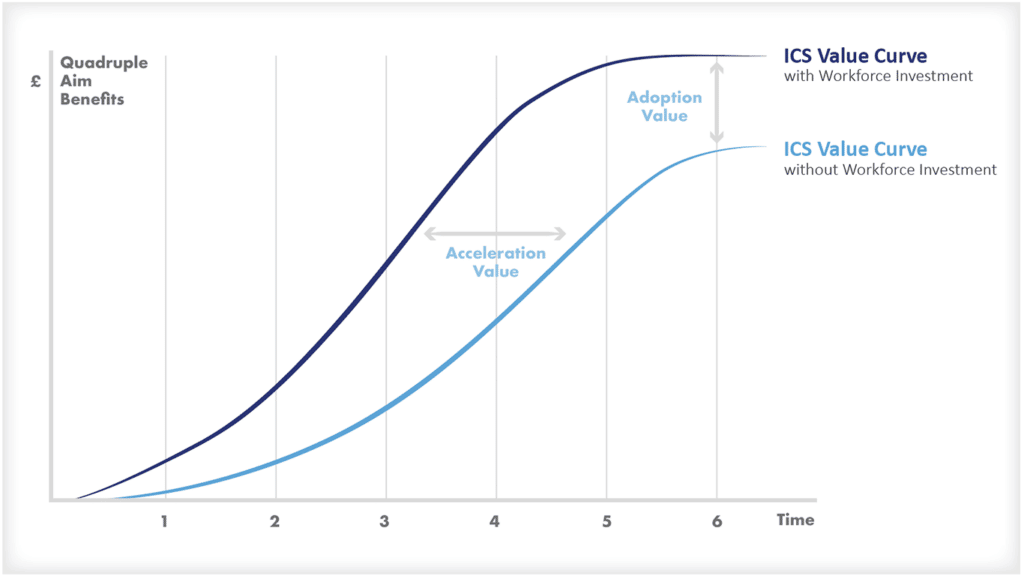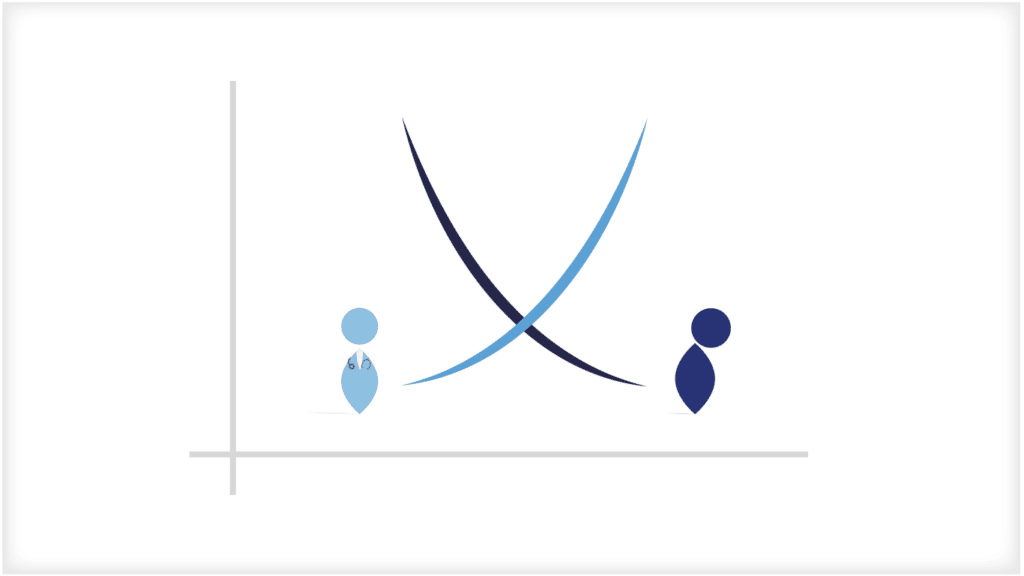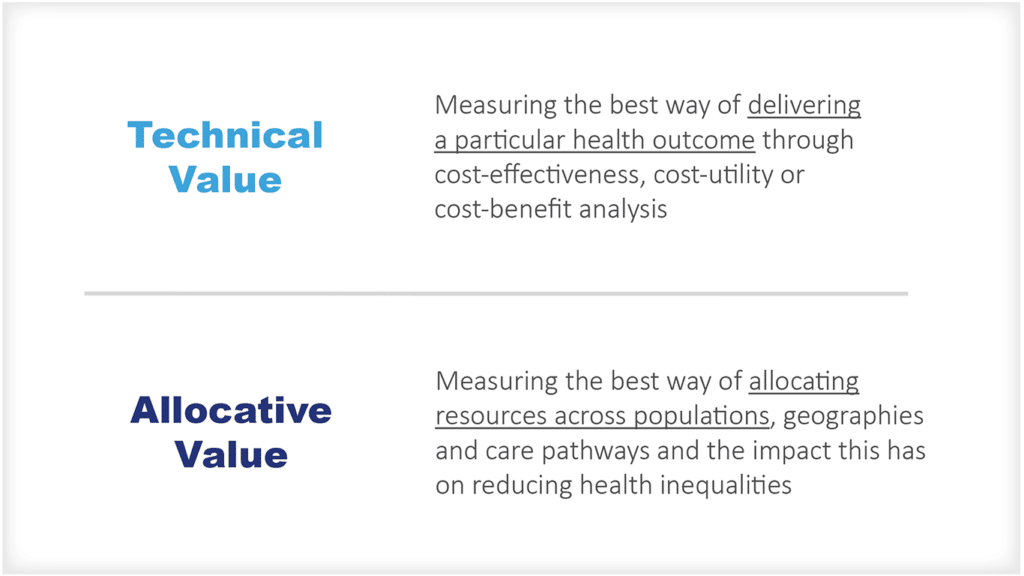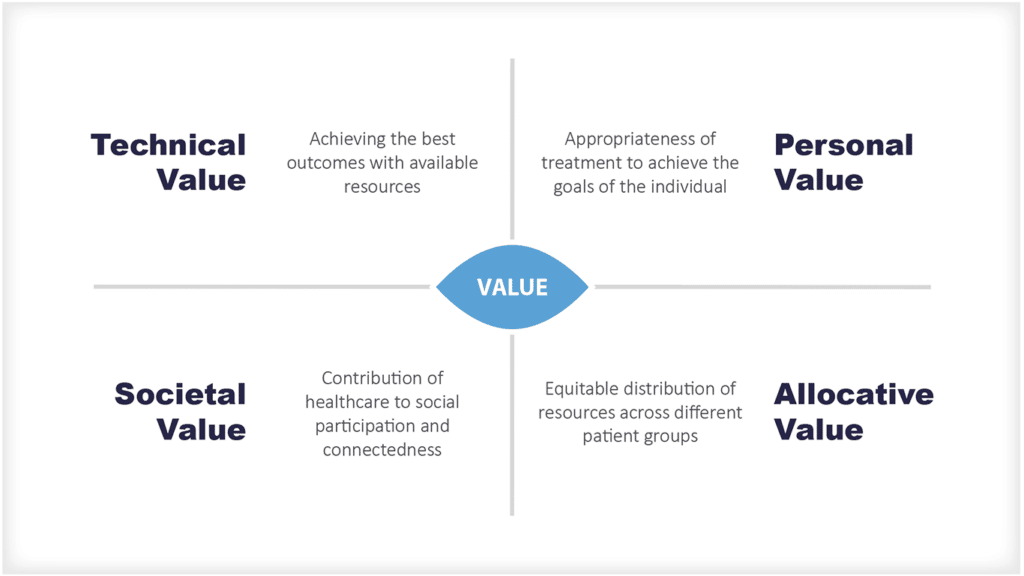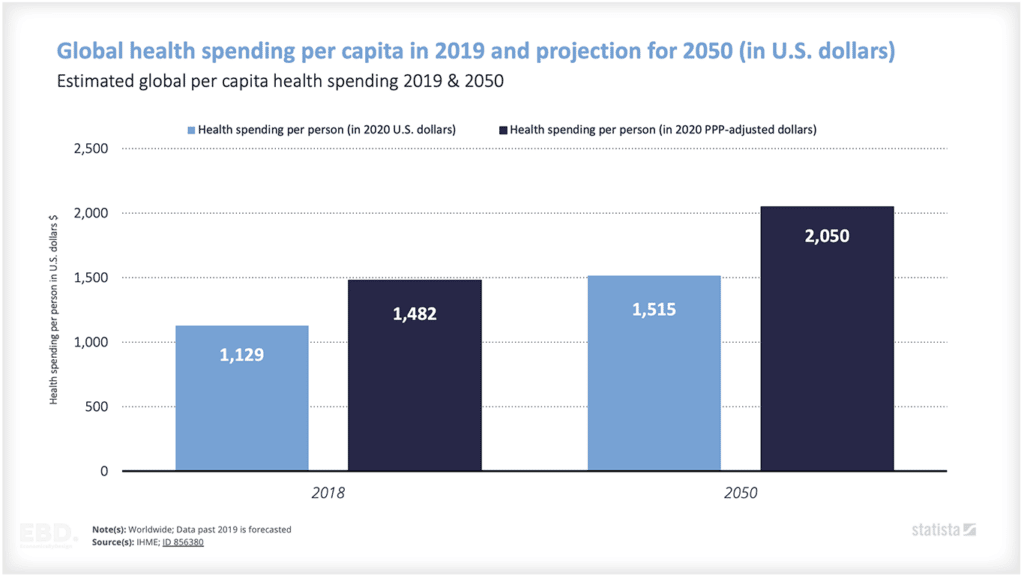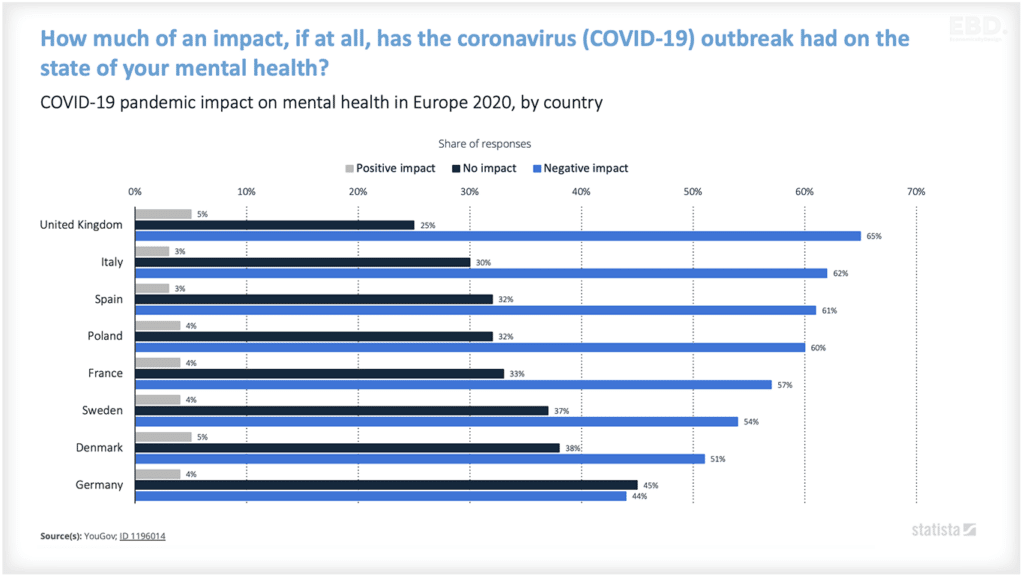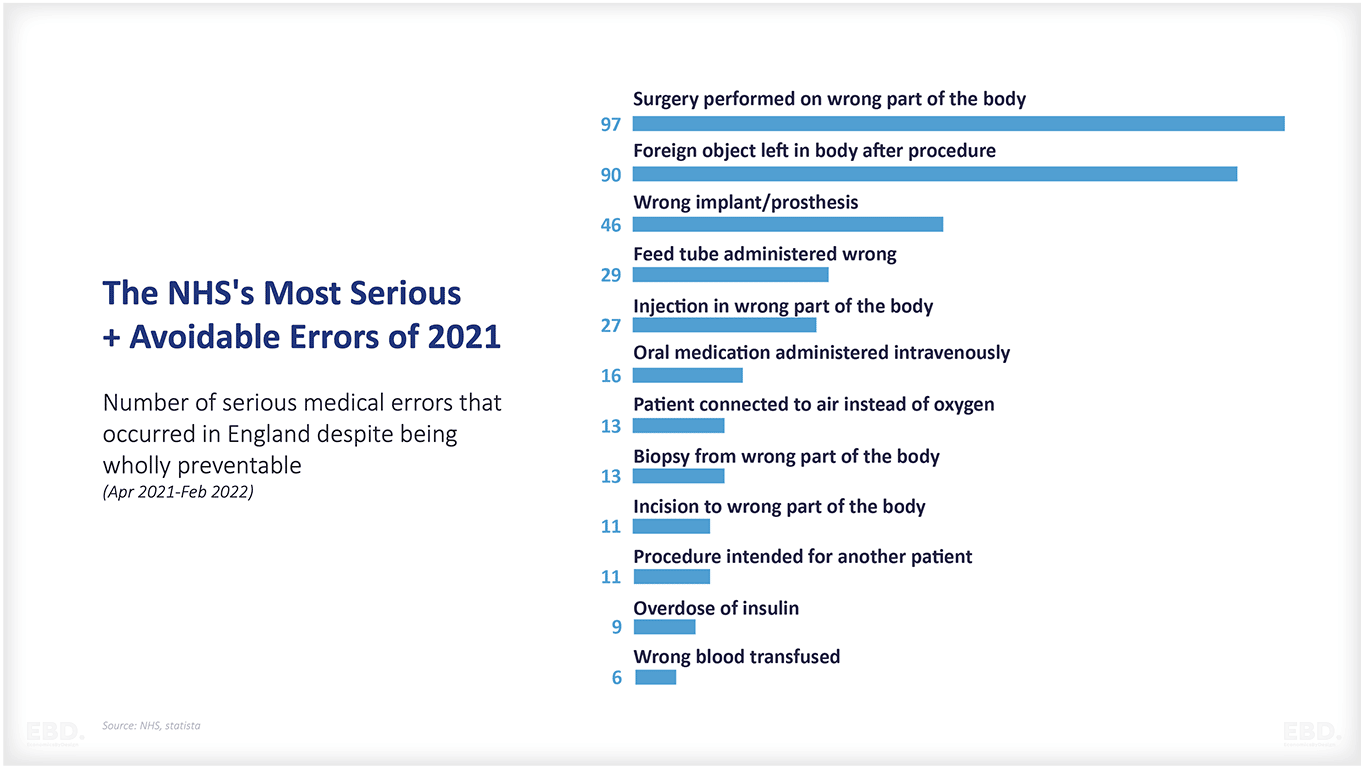
Patient Safety
According to the OECD, the global burden of unsafe care is comparable to that of HIV/AIDs. According to the World Health Organisation (WHO), adverse events caused by unsafe care is one of the top 10 leading causes of death and disability across the world.
Patient safety is a top priority for patients, healthcare professionals, healthcare provider organisations, those that purchase healthcare on behalf of patients, and regulators and related agencies. It is important to understand how to prevent errors and provide safe care to patients.
In this article, we explore the causes and consequences of unsafe care and the economic consequences.
What is a Patient Safety-Related Adverse Event?
An adverse event is an injury caused by medical care rather than the underlying condition of the patient.
For example, a patient who falls out of bed and breaks their hip while in a hospital would be considered to have experienced an adverse event. If the fall was caused by a nurse not checking the bed rails were up, this would be considered a patient safety related adverse event.
Injuries caused by medical care can occur anywhere in the healthcare system from general practitioner (GP) clinics to hospitals and aged care homes.
Patient safety-related adverse events are commonly divided into two categories:
- Events that cause harm but are not life-threatening, for example, a surgery which is undertaken incorrectly and leads to an infection.
- Events that are life-threatening or cause death, for example, a patient receiving the wrong medication and going into anaphylactic shock.
Here are 10 common examples of patient safety adverse events:
1 Diagnostic errors
This is where a patient is incorrectly diagnosed and as a result, does not receive the correct treatment. For example, a patient with appendicitis is incorrectly diagnosed as having a stomach bug and is sent home without having their appendix removed.
2 Medication errors
This is where the wrong medication is given to a patient or the correct medication is given in the wrong dose. For example, a patient with high blood pressure is prescribed the wrong dose of medication and their blood pressure remains uncontrolled.
3 Health Care Associated Infections (Nosocomial infections)
These are infections that occur as a result of being in a hospital. For example, a patient who contracted MRSA while in hospital. MRSA is a bacteria which is resistant to antibiotics and hence difficult to control. Recently the SARS-cov-2 pandemic (covid-19) has become a major risk; up to 44% of cases have been acquired from hospitals (patients and staff).
4 Pressure ulcers (bed sores)
These occur when a patient is confined to bed for a long period of time and the pressure from lying down cuts off the blood supply to the skin. This can cause the skin to break down and become infected.
5 Falls
Falls are a common adverse event in hospitals and aged care homes. They can cause serious injuries such as hip fractures.
6 Venous thromboembolism (VTE)
This is a condition where a blood clot forms in the veins, usually in the leg. If the clot breaks off and travels to the lungs, it can be fatal. VTE is a common complication in hospital patients.
7 Surgical errors
This is where a surgery is performed on the wrong body part or the wrong surgery is performed. For example, a patient who was meant to have their gallbladder removed has their appendix removed instead.
8 Anaesthetic errors
Errors can occur during anaesthesia which can lead to serious consequences such as death. For example, if the wrong medication is given or the anaesthetist does not monitor the patient closely enough, this can lead to the patient waking up during surgery.
9 Birth injuries
These can occur during delivery if the baby is in a breech position or there are complications with the placenta. For example, if the baby’s head is too large to fit through the mother’s pelvis, this can result in damage to the spinal cord.
10 Maternal death
This can occur during pregnancy, childbirth or in the postnatal period. Maternal deaths can occur from a variety of causes including haemorrhage, infections and complications with the placenta. adverse events causing maternal death are fortunately rare in the developed world, but every death is a tragedy.
When a patient experiences an adverse event, it is important that the event is documented and reported. This is so that the cause of the event can be identified and steps can be taken to prevent it from happening again.
Adverse events can have a serious impact.
How Common are Adverse Events Across the World?
According to the WHO, around 10% of patients are harmed when receiving hospital-based care, and this is for high-income countries. Of these as much as half are preventable.
NHS in England recorded 379 “Never Events”. These are defined as “serious, largely preventable patient safety incidents that should not occur if healthcare providers have implemented existing national guidance or safety recommendations”.

In low and -middle-income countries, estimates suggest as many as 134 million events in hospitals result in 2.6 million deaths.
What are the Consequences of Patient Safety Adverse Events?
Patient safety-related adverse events can have a significant impact on patients, their families and the healthcare system.
Patients who experience an adverse event can suffer from physical injuries, emotional trauma and financial hardship. They may also lose trust in the healthcare system and lose confidence in their healthcare providers.
Families of patients who experience an adverse event can also suffer emotionally and financially. They may need to take time off work to care for their loved one or they may need to pay for private health care.
Adverse events can also place a significant burden on the healthcare system. For example, if a patient contracts an infection while in the hospital, they may need to be isolated and treated with antibiotics. This can increase the length of their hospital stay and the cost of their care.
What role do Human Factors in Healthcare have Regarding Patient Safety?
Human factors play a critical role in patient safety. By understanding how human factors can affect healthcare, professionals can take steps to mitigate them and improve safety.
Human factors in healthcare are the conditions that allow people to interact with their surroundings in a way that promotes safety and quality. Many human factors can affect healthcare, such as communication, fatigue, stress, and more. By understanding these human factors, healthcare professionals can take steps to mitigate them and improve patient safety.
One of the most important human factors in healthcare is communication. Clear communication is essential for safe and effective care. When communication breakdowns occur, they can lead to errors and harm. To prevent these errors, it is important to have clear and concise communication among all members of the healthcare team.
Another human factor that can affect healthcare is fatigue. Healthcare professionals often work long hours, and this can lead to fatigue. When healthcare professionals are tired, they are more likely to make mistakes. To prevent errors, healthcare professionals need to get adequate rest and take breaks when needed.
Stress is another human factor that can affect healthcare. When healthcare professionals are under stress, they are more likely to make mistakes. To prevent errors, healthcare professionals need to be supported to manage their stress levels and take steps to reduce their stress.
How Can Patient Safety Adverse Events Be Prevented?
There are many ways to prevent errors and provide safe care. One way is to use checklists. Checklists help ensure that all steps in a process are completed, and help catch errors before they happen.
For example, surgical errors are one of the most common type of errors that can occur in healthcare. One way to reduce surgical errors is by using a preoperative checklist. This checklist includes items such as confirming the patient’s name and procedure, confirming the correct site for the procedure, and making sure that all instruments are accounted for.
Another way to prevent errors is to have clear communication among healthcare professionals. Good communication can help catch errors before they cause harm to patients.
Technology can also be used to reduce preventable adverse events. Electronic Health Records can help to reduce errors by providing a more complete and accurate picture of a patient’s health history at the time when clinicians are making treatment decisions.
The World Health Organisation (WHO) has developed a Global Patient Safety Action Plan (2021-2030). It sets out 7 guiding principles for countries to use when developing patient safety strategies:
- engage patients and families as partners in safe care
- achieve results through collaborative working
- analyse and share data to generate learning
- translate evidence into actionable and measurable improvement
- base policies and action on the nature of the care setting
- use both scientific expertise and patient experience to improve safety
- instil a safety culture in the design and delivery of health care.
The action plan provides details of strategies and policies that countries can adopt to reduce the risk of adverse events and avoidable harm to patients.
What Are The 6 International Patient Safety Goals?
The Joint Commission International accreditation and certification is an international benchmark of quality and patient safety. They identify 6 goals to support patient safety all of which relate to risk reduction:
1 Identify patients correctly
For example, using two identifiers when confirming a patient’s identity and checking the wristband
2 Improve effective communication
For example, using standardised handover processes between shift changes
3 Improve the safety of high-alert medications
For example, using a computerised system to prescribe and dispense high-alert medications
4 Ensure safe surgery
For example, using a ‘time out’ to check the patient, procedure and site before surgery
5 Reduce the risk of health care-associated infections
For example, using standardised infection control practices
6 Reduce the risk of patient harm resulting from falls
For example, conducting a falls risk assessment for all patients and implementing appropriate interventions
The Economic Value of Patient Safety?
Unsafe care is expensive.
Healthcare System Costs
The OECD estimates that for every $100 of national health expenditure, $12.60 is connected with unsafe care; $5.4 in acute settings, $3.3 in primary care, and $3.9 in long-term conditions cared for in the community. Combined, this is the equivalent of around 1.4% of Gross Domestic Product (GDP) across OECD countries.
In the United Kingdom, estimates suggest that for every single patient safety incident resulting in death, there are three that result in disability, and ten that result in additional required treatment. The cost to the healthcare system is estimated at £1000 for each death, £24,000 for each disability and £1000 for additional treatment.
These figures exclude payments relating to medical negligence. In the NHS in England, the top 10 specialities accounting for just under 70% of all clinical negligence claims are:
- Orthopaedic surgery
- Emergency medicine
- Obstetrics
- Gynaecology
- General Surgery
- General Medicine
- Radiology
- Psychiatry / Mental Health
- Urology
- Gastroenterology
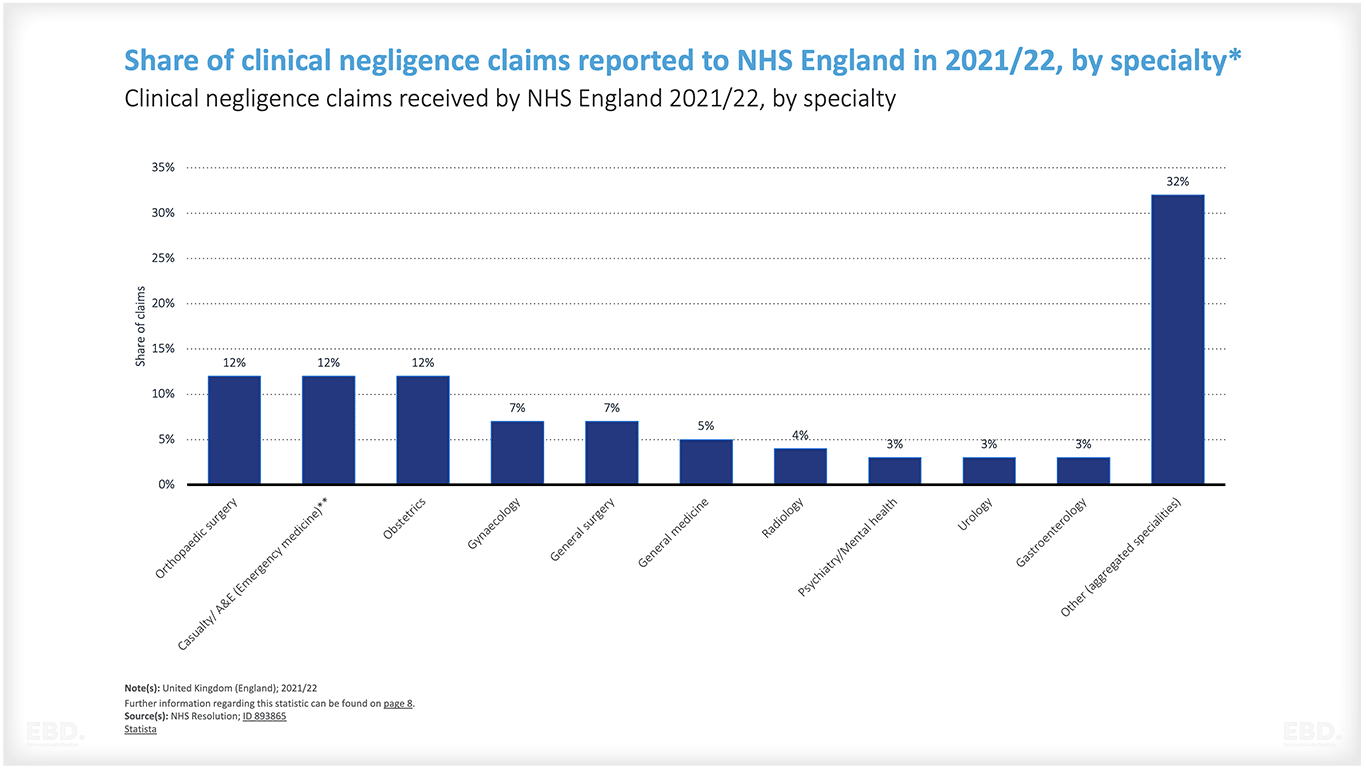
Overall claims (damages, claimant legal costs and NHS legal costs) amounted to around £2.1bn with Obstetrics accounting for the largest share at around £700m or 2.6m per claim (NHS Resolutions data 2020-21).
Recent estimates suggest a combined cost of patient safety incidents of around £5bn per annum.
Other estimates from across the world include:
- United States – US$1 trillion – economic cost of unsafe care
- Global – US$42 bn on medication errors
- Canada – $2.75 bn health treatment costs from patient safety incidents per year
Wider Social + Economic Costs
In addition to the costs to the health system, unsafe care will impact wider economic and social costs. The costs include:
Lost productivity
absenteeism, presenteeism, long-term disability and premature mortality
Productivity impacts of workforce health
for example, if staff are off sick with an infection they have acquired in hospital
Carer costs
the impact on informal carers who may need to take time off work or give up work altogether
Societal costs
the impact on social cohesion, for example, if people are afraid to go into hospital.
There are lots of different studies and methodologies which have tried to estimate the wider costs to the economy. What is consistent is that these estimates suggest that the wider social and economic costs of unsafe care are larger than the costs to the healthcare system, by some multiple.
How can Health Economics Improve Patient Safety?
Health economics can play a role in improving patient safety in several ways.
By understanding the financial impact of errors and adverse events, healthcare organisations can be better equipped to make decisions about where to invest resources to improve safety. In addition, by understanding the economic value of different safety interventions, healthcare organisations can choose those interventions that are most likely to improve safety while also providing a good return on investment.
In addition, health economics can help to identify which patient populations are at the highest risk for experiencing errors and adverse events. This information can be used to target safety interventions for those populations most likely to benefit.
Finally, health economics can help to assess the cost-effectiveness of different safety initiatives. This information can be used to prioritize safety initiatives and ensure that resources are being used in the most effective way possible.
